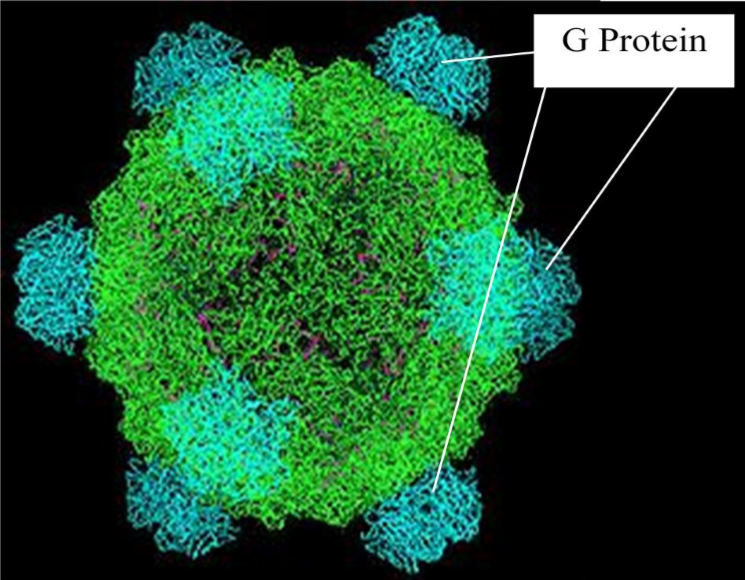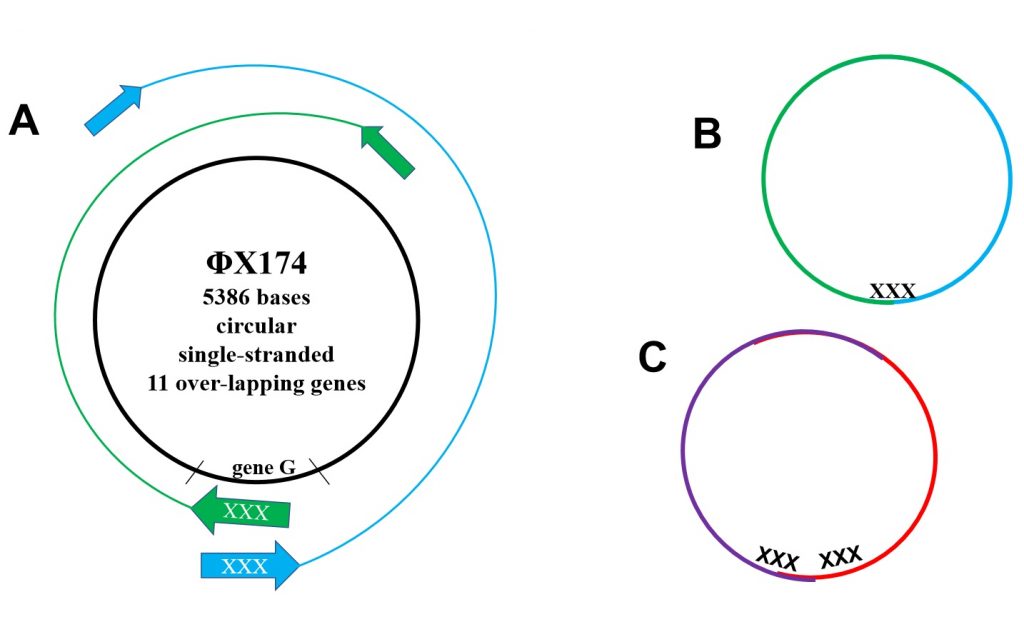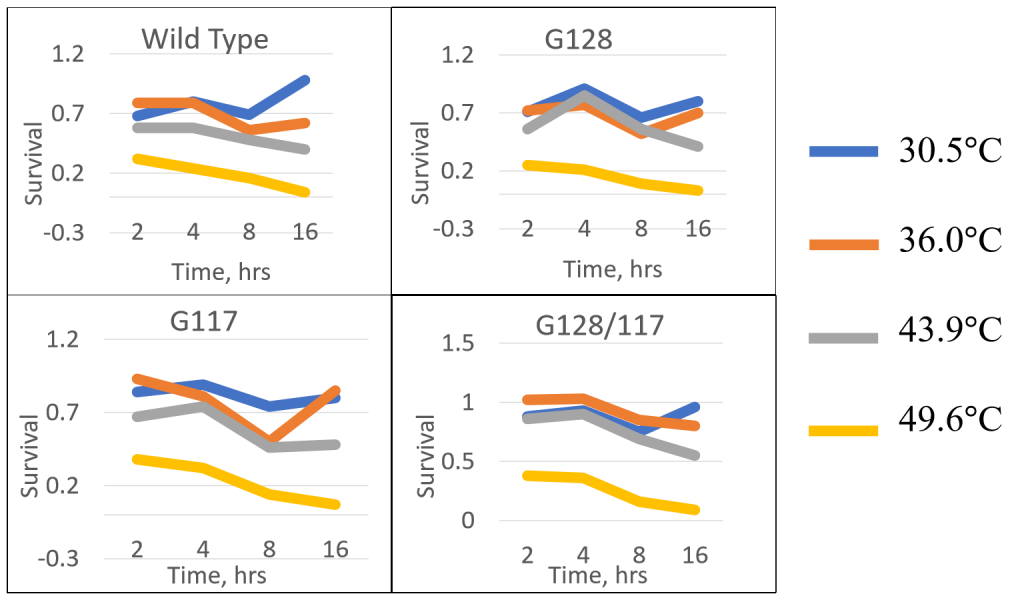
Testing the Capacity to Over-Stabilize Viruses by Engineering Mutations into the Capsid of Bacteriophage ɸX174
By: Natalya Usachenko Email: usac7970@vandals.uidaho.edu
Home Town: Woodland, California High School: Pioneer High
Major: Biology, Geological Sci-EnvHydrgeol Opt
Department: Biological Sciences, Geological Sciences
College: College of Science
An effective virus must successfully attach to a receptor on a host cell and inject its genetic material into the cell so that new viruses can be produced. Its ability to infect the host cell is highly dependent on both the binding capability of its capsid proteins as well their ability to modify their conformation to facilitate injection. Mutations in the genes encoding the capsid proteins can stabilize (or destabilize) two aspects of the virus – the folding of the capsid protein itself, thus its flexibility, and the attachment to the host receptor. Single stabilizing mutations in the protein capsid have been shown to increase the fitness of the virus. However, it is possible there is a limit to the extent that protein stability benefits a virus. Capsid proteins that are too stable could have reduced flexibility and binding capacity, thereby reducing viral fitness. The bacteriophage ɸX174 has been successfully used as a model to predict the evolutionary patterns and behaviors of viruses through experimental manipulation of its genome. The Wichman-Miller Lab has successfully engineered single mutations predicted to be stabilizing into the major spike protein G of the phage’s capsid. The aim of this project is to combine these stabilizing mutations to create double, triple, etc., mutants, and assess their stability and capability to successfully infect a bacterial host. If overstabilization of a virus’s capsid proteins can predictably attenuate the virus, the technique may provide a new avenue for engineered vaccine development.
Bacteriophage ΦX174

In addition to its lack of pathogenicity and ability to form large populations, this bacteriophage has a small genome that can be easily manipulated, making it an efficient virus model.
Protein Stability
- Important determining factor in viral evolution
- Used in predictive modeling
- Increased capsid stability is associated with higher fitness, and is observed in high temperature phage mutants
But is it possible for proteins to be too stable?
We hypothesize that the combination of two or more stabilizing mutations in a viral capsid protein with have an additive effect on the overall stability of the protein, reducing viral fitness in two possible ways:
- By making capsid assembly more difficult and thereby reducing the number of viable offspring
- By increasing the overall stability of the capsid itself, reducing its ability to infect a host cell
Big Question: Is there a correlation between viral evolution and climate change?


Procedure
- Design matching primers with the desired mutation
- PCR 1 – amplify the two halves of the phage genome
- PCR 2 – connects the two halves
- Transform new genome with the desired mutation into host cells (E. Coli C)
- Pick plaque and sequence
- Repeat with primers for another mutation, using the newly created genome with the desired mutation as a template
- Transform the new genome with both mutations into host cells
- Perform fitness assays for growth and stability

Current Results:
- 9 double mutants have been created out of the 20 proposed
- Only 2 have both intended mutations present with no others in genome


